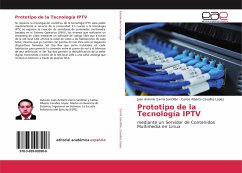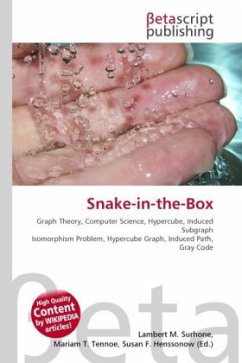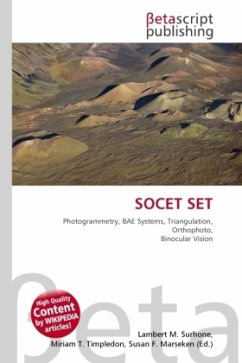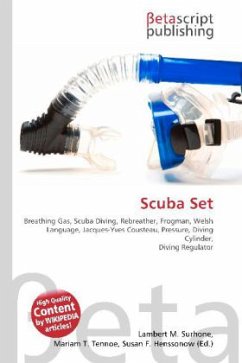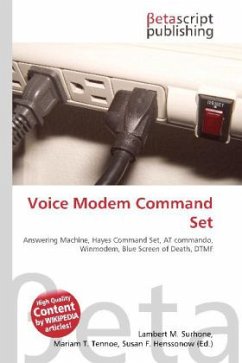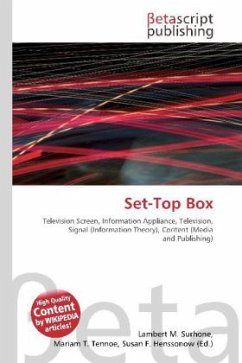
Set-Top Box
Versandkostenfrei!
Versandfertig in 6-10 Tagen
23,99 €
inkl. MwSt.

PAYBACK Punkte
12 °P sammeln!
Please note that the content of this book primarily consists of articles available from Wikipedia or other free sources online. A set-top box (STB) or set-top unit (STU) is a device that connects to a television and an external source of signal, turning the signal into content which is then displayed on the television screen. Before the mid-1950s all British television sets tuned only VHF Band I channels. Since all 5 Band I channels were occupied by BBC transmissions, ITV would have to use Band III. This meant all the TV sets in the country would require Band III converters which converted the...
Please note that the content of this book primarily consists of articles available from Wikipedia or other free sources online. A set-top box (STB) or set-top unit (STU) is a device that connects to a television and an external source of signal, turning the signal into content which is then displayed on the television screen. Before the mid-1950s all British television sets tuned only VHF Band I channels. Since all 5 Band I channels were occupied by BBC transmissions, ITV would have to use Band III. This meant all the TV sets in the country would require Band III converters which converted the Band III signal to a Band I signal. By 1955, when the first ITV stations started transmitting, virtually all new British Televisions had 13-channel tuners, quickly making Band III converters obsolete. Before the All-Channel Receiver Act of 1962 required US television receivers to be able to tune the entire VHF and UHF range (which in North America was NTSC-M channels 2 through 83 on 54 to 890 MHz), a set-top box known as a UHF converter would be installed at the receiver to shift a portion of the UHF-TV spectrum onto low-VHF channels for viewing.




